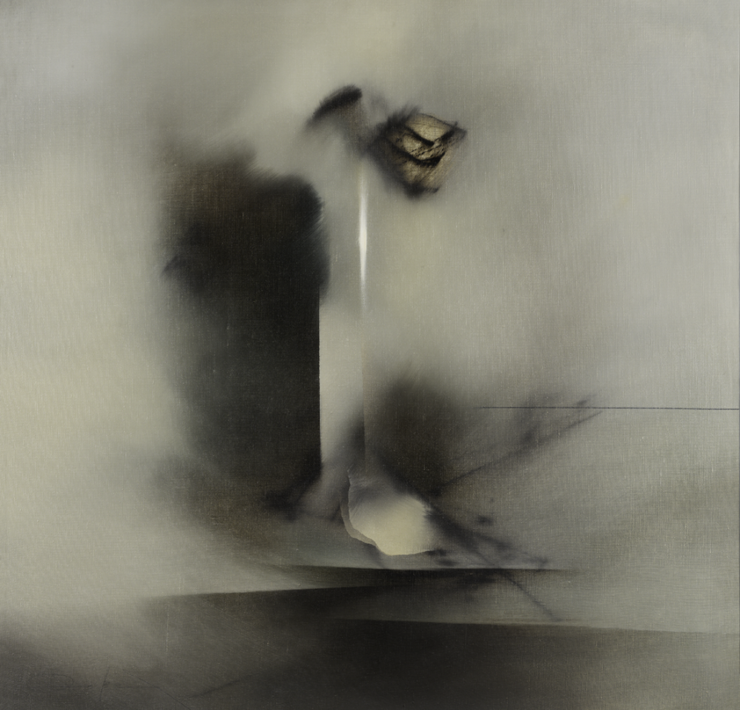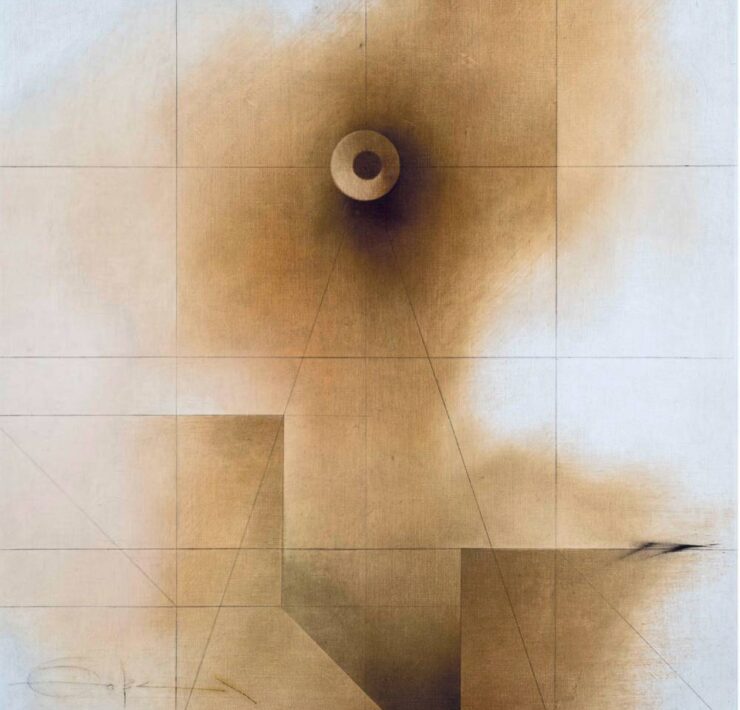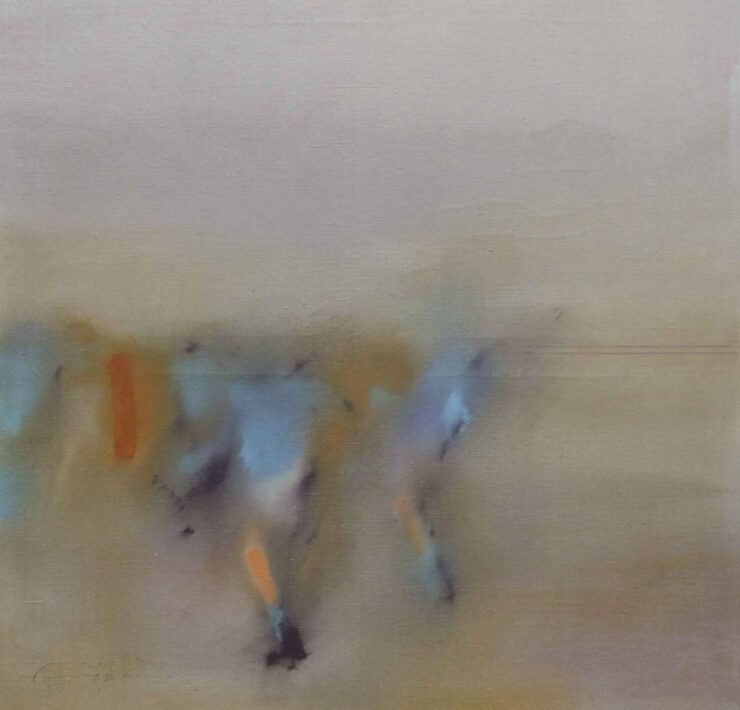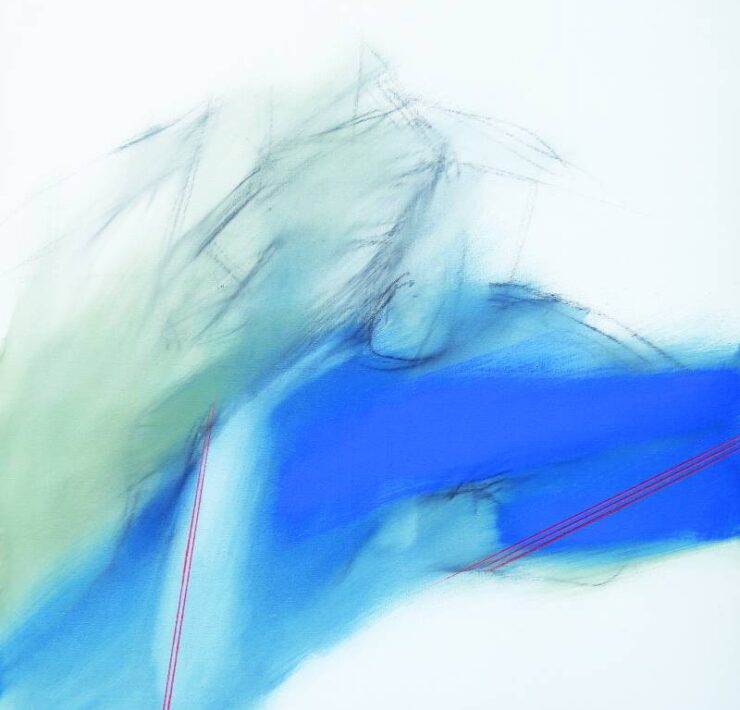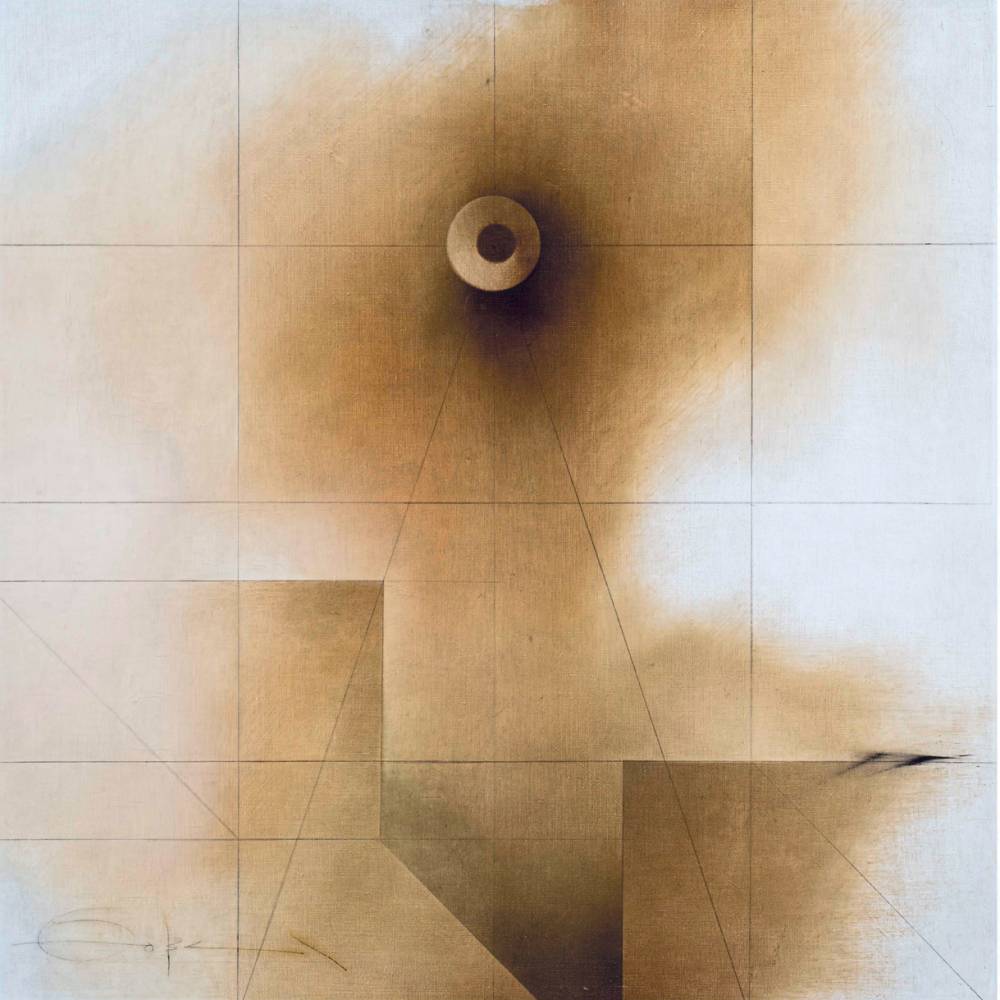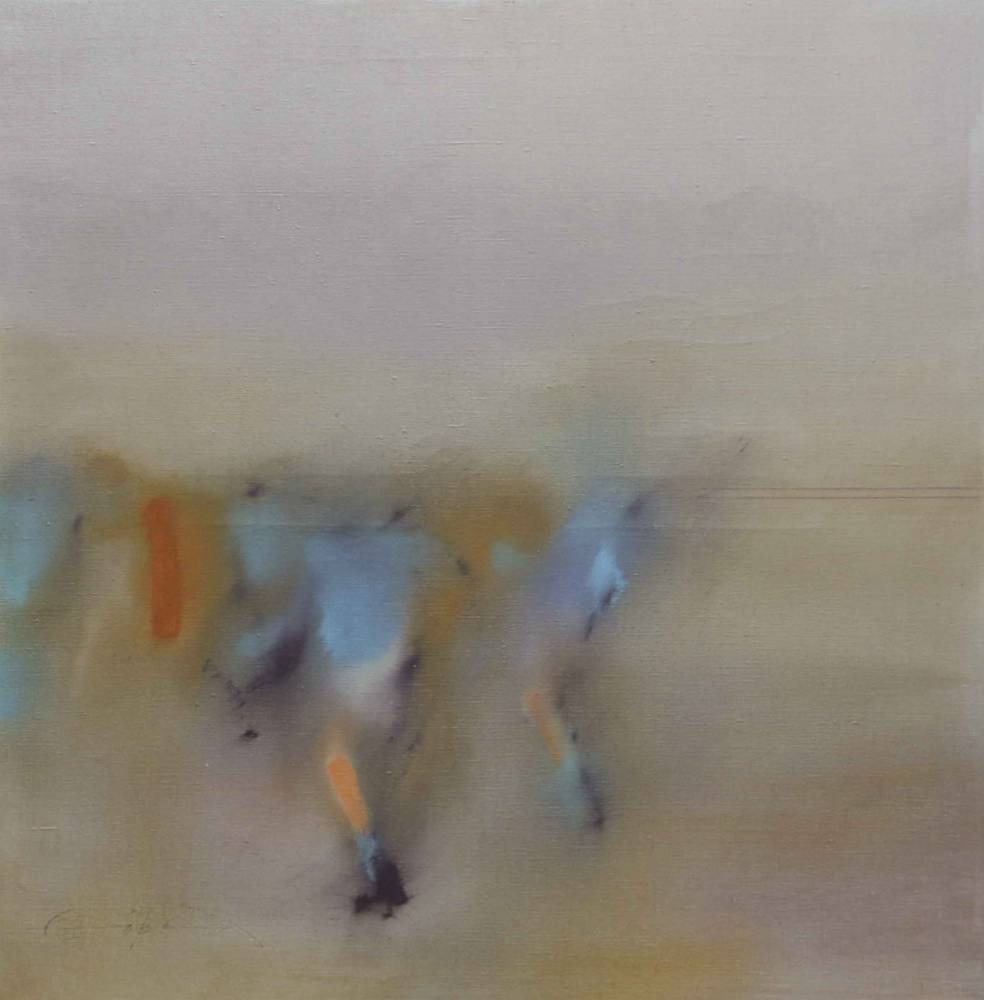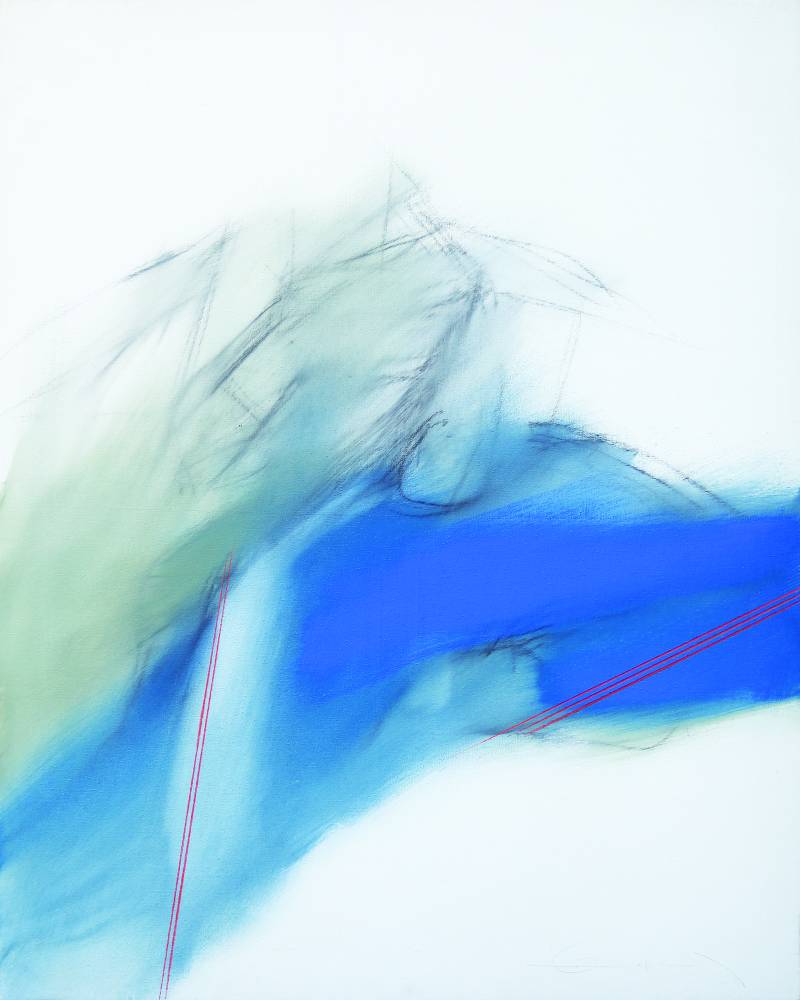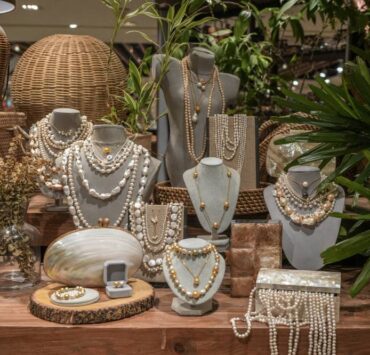Fernando Zóbel: ‘A window to modern art’
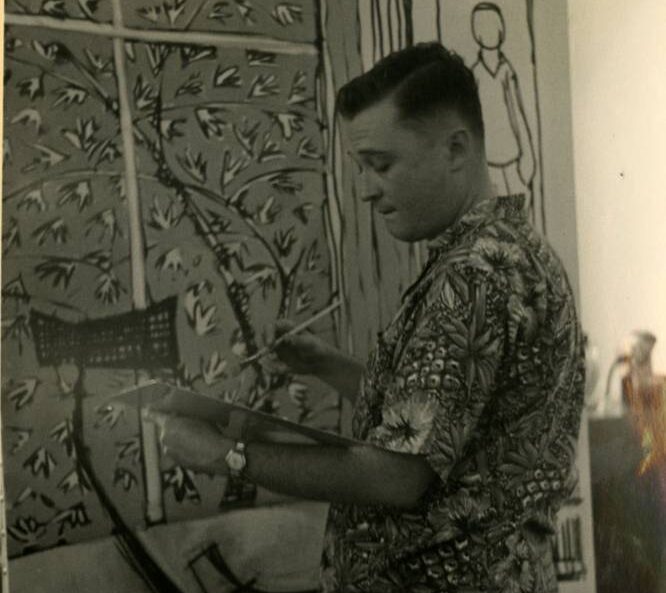
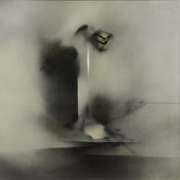
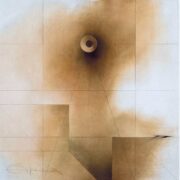
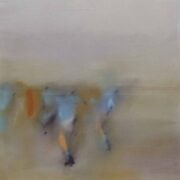
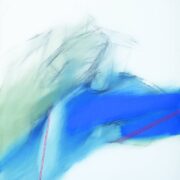
“Zóbel: El futuro del passado,” a tribute to Spanish Filipino artist Fernando Zóbel, made history when it ran from November 2022 to March 2023 at the Museo Nacional del Prado in Madrid, Spain, as the only exhibition dedicated to modern art by a 20th-century artist aside from Pablo Picasso.
It was also considered a “blockbuster,” attracting over 80,000 visitors, including those from different parts of the world who toured the museum famous for housing one of the finest collections of European art.
On Sept. 14, the exhibition, using the English title, “Zóbel: The Future of the Past,” makes its Asian debut at the Ayala Museum in Makati City for a four-month run before moving to Singapore. On that day also, Ayala Museum gives free admission to the show and other ongoing exhibits in line with its 50th anniversary celebration.
“When the show closed in Madrid, the thinking process began again,” exhibit curator Felipe Pereda said via video call during the press conference for “Zóbel: The Future of the Past” last Sept. 6.
The Fernando Zóbel de Ayala professor of Spanish art at Harvard University was unable to make the trip to Manila with his cocurator Manuel Fontán del Junco, also the director of museums and exhibitions at Fundación Juan March in Madrid, and Pedro Feduchi Canosa, the exhibition designer.
Pereda continued, “I knew that the Prado exhibition will work nicely in Manila. But we—Manuel and I—knew that it will have to be rethought from scratch when coming to the Philippines … I think that the challenge here in Manila was to show this very polyphonic personality. It’s like a symphony. I think the challenge was to show all these different aspects come together, raising, complementing, enriching this personality. That’s what we want you to appreciate when you visit the exhibition.”
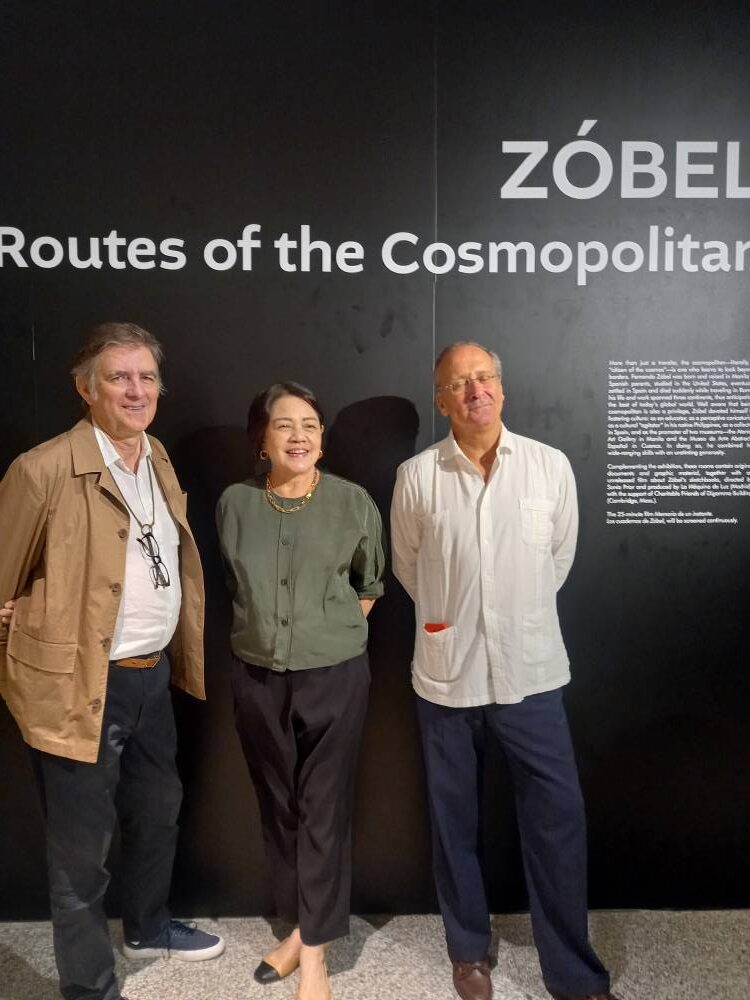
Fontán del Junco noted that one can’t explain “Spanish contemporary artists in the heart of the 20th century without Fernando Zóbel,” whom he described as having a “distinct voice” that saw “the contradiction between tradition and the new.”
The curators agreed that Zóbel was a “highly intellectual abstract artist, and his paintings, together with his journals and anecdotes from people who knew him, support this insight.” They also stressed that Zóbel “contributed greatly to the promotion of modern art as an eloquent and erudite advocate and by creating spaces for the discourse to thrive.”
Transnational and cosmopolitan
The exhibition also highlights Zóbel as “transnational and cosmopolitan” for having been exposed to at least three continents: Asia, Europe and North America.
He was born on Aug. 27, 1924, in Manila into the prominent Zóbel de Ayala clan of Spanish lineage. He initially took up medical studies at the University of Santo Tomas until he got sidelined by a spinal deficiency and discovered sketching that year. In 1946, he traveled to the United States to study at Harvard University, majoring in history and literature and graduating magna cum laude. He befriended artists, who then got him into painting, drawing and printmaking.
Five years later, Zóbel returned to Manila to work for the family firm, but continued immersing with early Filipino modernists, such as Vicente Manansala, H. R. Ocampo and Cesar Legaspi, who regarded him as a “window to modern art.”
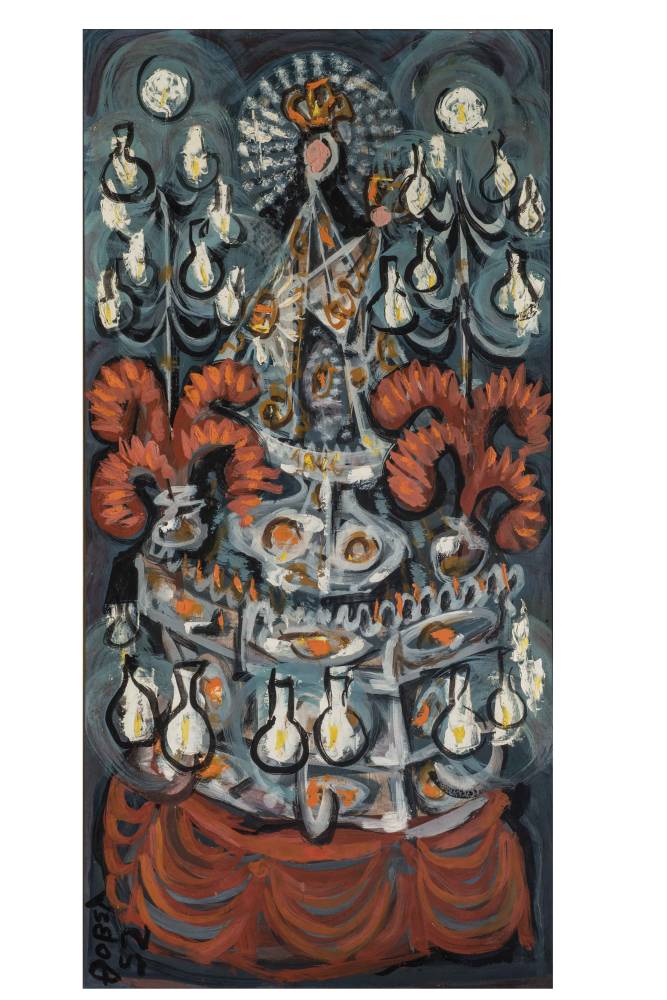
He then took up nonobjective art with Arturo Luz and Lee Aguinaldo, while studying other artistic forms, including Chinese calligraphy, Japanese sumi-e painting and Philippine colonial religious art. He led the Art Association of the Philippines as its president for two terms and became an honorary curator at the National Museum. He also taught arts classes at the Ateneo de Manila University, where he put up the first museum of modern art in the Philippines.
At the onset of the 1960s, Zóbel decided to live permanently in Spain to become a full-time artist. He formed friendships with the Spanish modernists like Gerardo Rueda Salaberry, Antonio Saura and Eusebio Sempere.
He started a collection of Spanish abstract paintings that he turned into the Museo de Arte Abstracto Español in Cuenca. Inaugurated in 1966, the museum was hailed as the first to cater to contemporary art in Spain. For his efforts, Zóbel was conferred the Civil Order of Alfonso X, the Wise and the Royal Order of Isabela the Catholic by the Spanish government. He succumbed to a massive heart attack on June 2, 1984, while on a trip to Rome, Italy.
Just like Zóbel, the exhibition’s organizers said that Filipinos in general are no strangers to diaspora. Thus those who will see the show can identify with the traits that the artist embodied while living in different countries: open-minded, receptive to the world, friendly, generous, optimistic and resourceful.
Manila iteration
In designing “Zóbel: The Future of the Past,” Feduchi said he tried to keep in mind the Filipino audience while not digressing much from what he originally made for the Spanish museum. He just took in consideration the spatial differences, as the Prado has high ceilings, while the Ayala Museum offers more floor space.
Ultimately, the exhibition designer, who’s also the founding partner of the Pedro Feduchi Studio in Spain, prioritized the importance of making a “difference in how to draw in a horizontal way and how you paint in a vertical way.”
As a result, as pointed out by cocurator Fontán del Junco, the exhibition was awash in white with some touches of black to best showcase the chronologically organized pieces numbering over 200, broken down into 53 paintings, 23 drawings, 56 sketchbooks, with some prints, books and mementos. Many of the pieces came from the Prado show, but a lot more came from other parts of Spain, the US and the Philippines, with a few from Hong Kong.
“This is perhaps the biggest exhibition that we’ve done in collaboration with another foreign institution and bringing an exhibition to Manila,” Ayala Museum’s curator and senior manager for research and publications Marinella Andrea C. Mina told Lifestyle.
“Zóbel: The Future of the Past” is also the most fitting way to celebrate Zóbel’s birth centenary and the Ayala Corp.’s 190th anniversary, as well as Ayala Museum’s golden year.
As Mina put it, Zóbel was the one pushing his family to put up a museum as early as the 1950s as part of the artist’s vision, not just for himself and his community but for the Filipino people.
“Zóbel: The Future of the Past” runs until Jan. 26, 2025.














